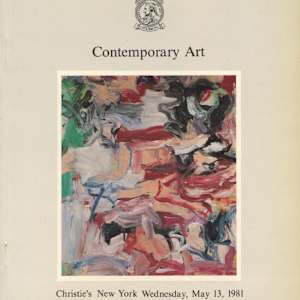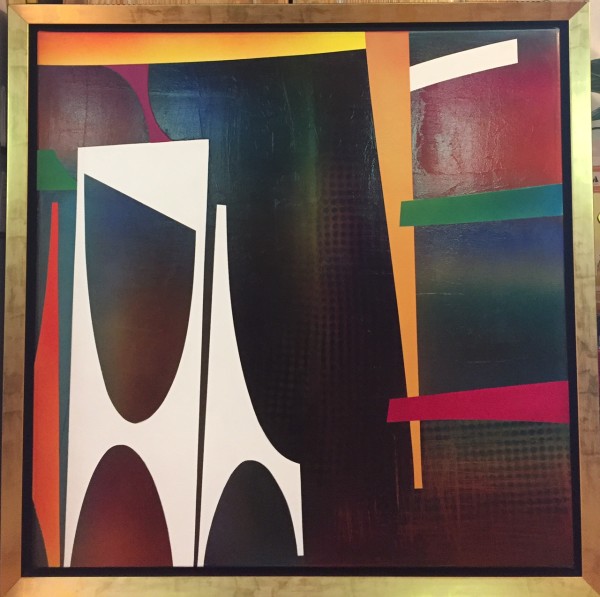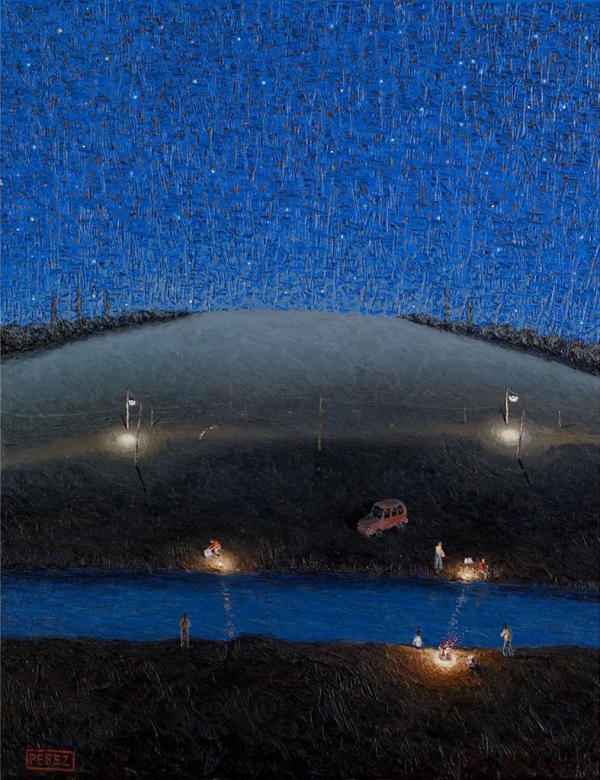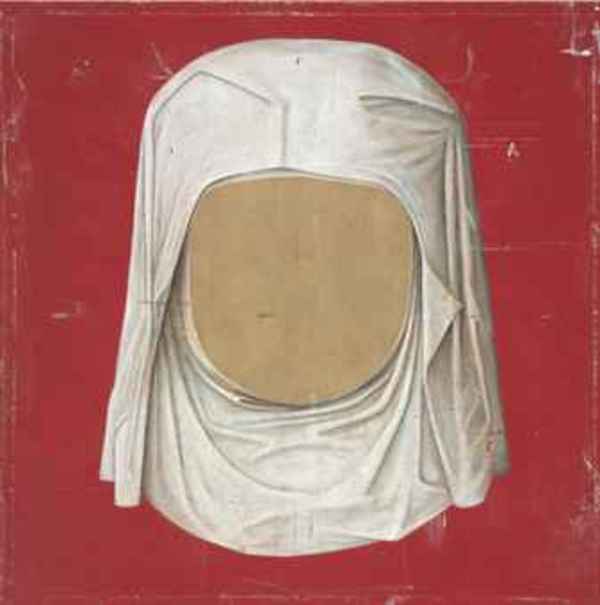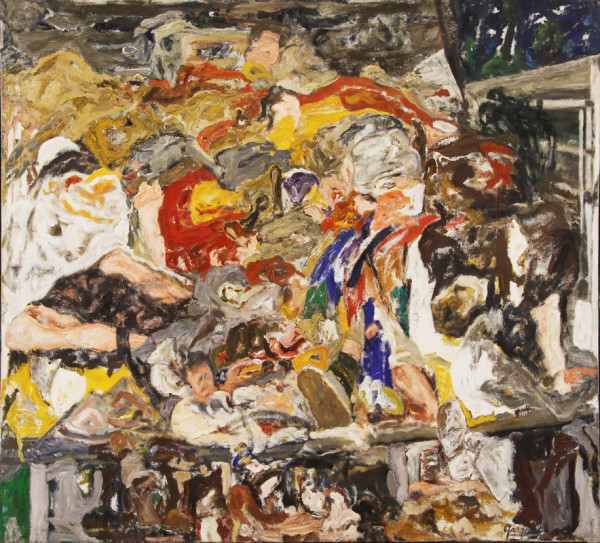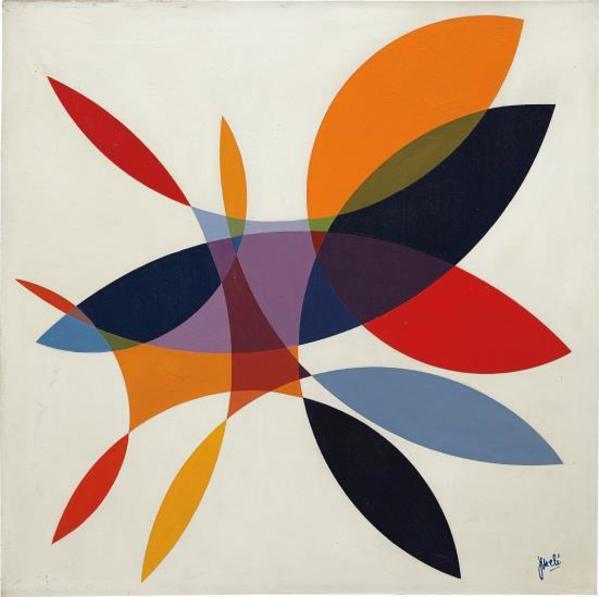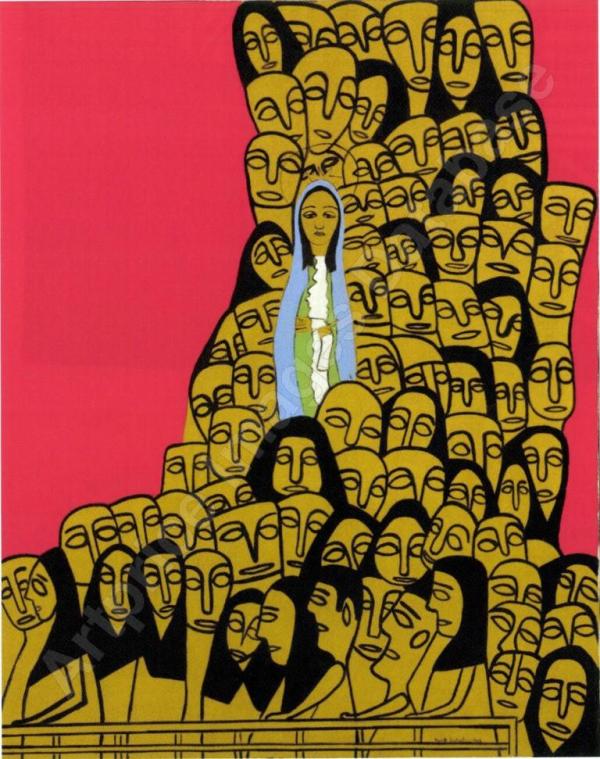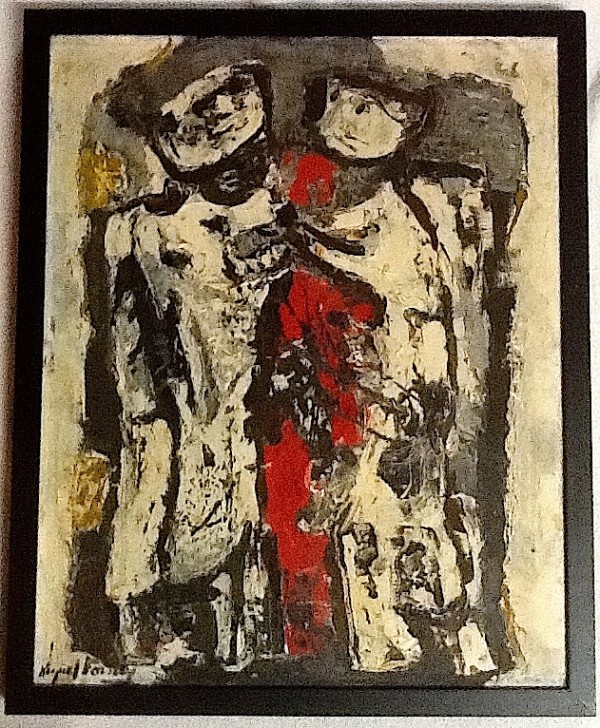In this intimate composition, Siqueiros captures with masterful economy of means the nude torso of a reclining woman—most likely his lover at the time, Uruguayan poet and activist Blanca Luz Brum. The work belongs to a crucial period in Siqueiros' artistic evolution, executed during his political exile in the Southern Cone, specifically between Uruguay and Argentina.
Unlike his monumental murals with explicit political content, this small piece reveals a more personal and intimate facet of the Mexican artist. The treatment of the female body, seen from behind with subtle anatomical curvatures, is resolved with an earthy palette dominated by ochres and siennas, applied with fluid yet precise brushstrokes characteristic of gouache. The technique allows for the appreciation of both areas of greater pictorial density and zones where the pigment dilutes subtly.
The composition evidences the tension between abstraction and figuration that Siqueiros was exploring at that moment. The background, treated with expressive stains and gestural strokes, contrasts with the more concrete definition of the body, creating a dialogue between form and dissolution that anticipates elements of his later work. The shadows and contours, applied with determination, reveal the artist's muralist training even in this intimate format.
This work constitutes a valuable testimony of Siqueiros' less documented period, when his personal and political experiences in South America were defining both his revolutionary ideology and his experimental plastic language.


